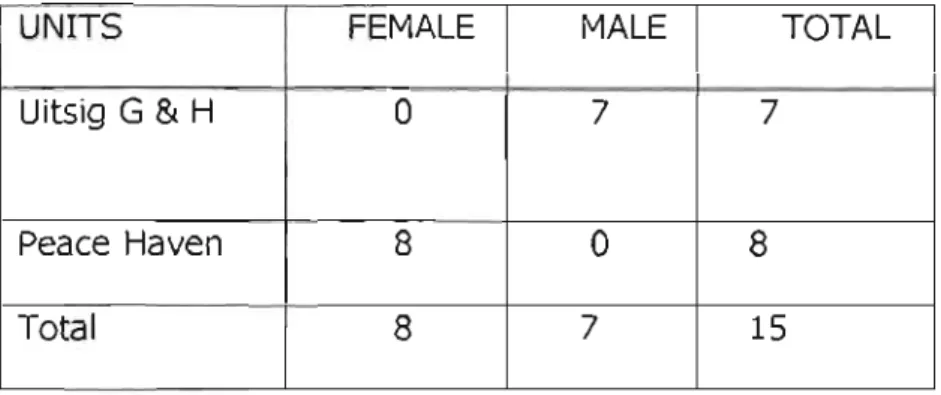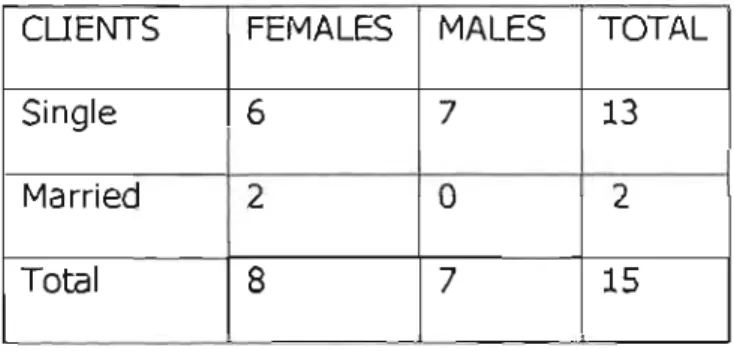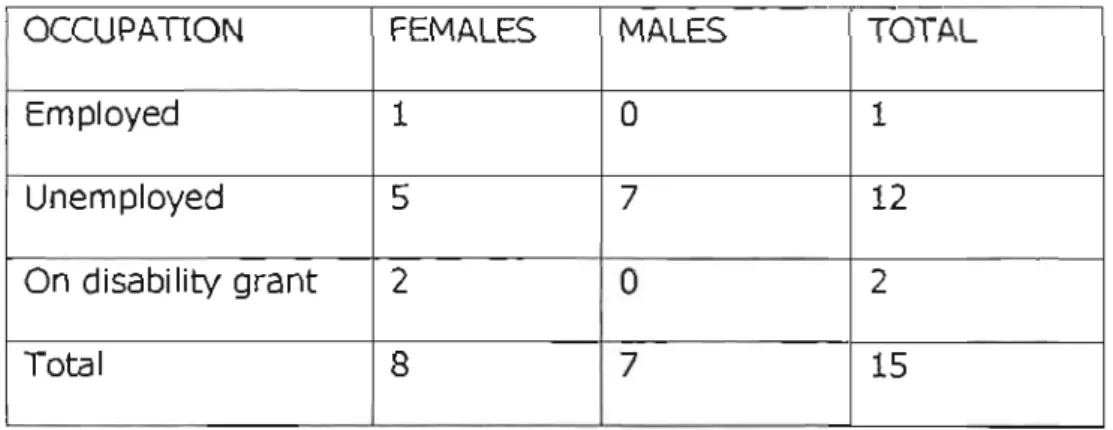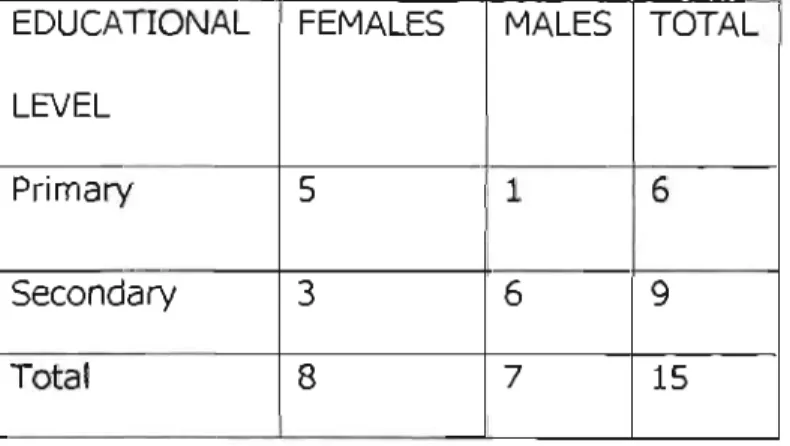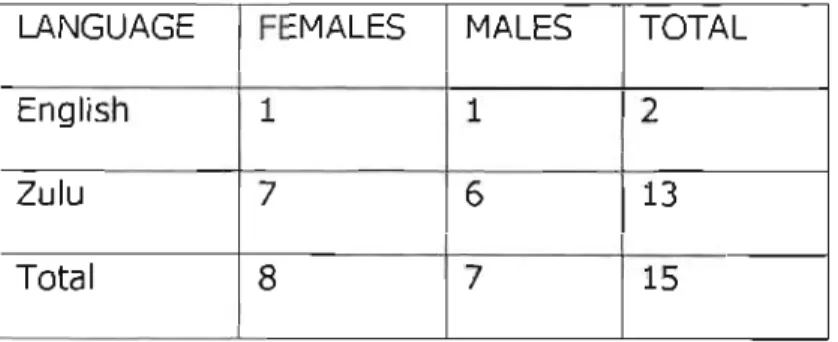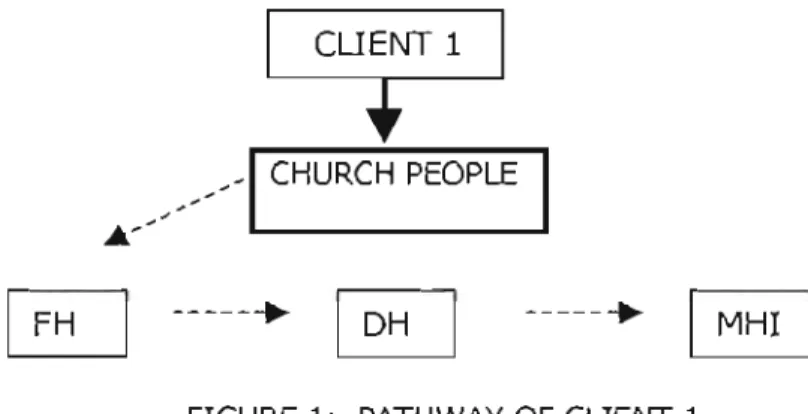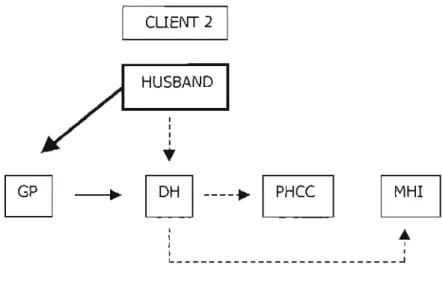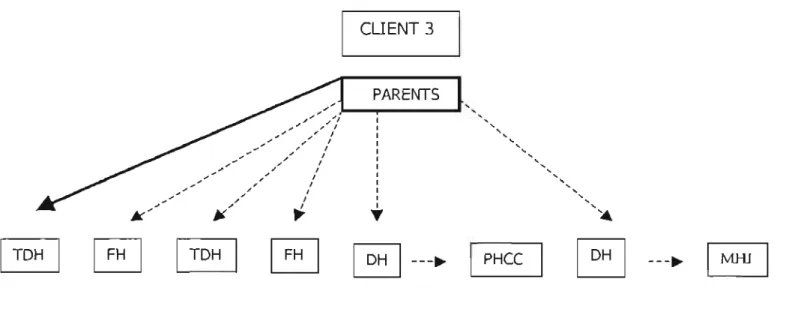Pathways to mental health care reflect the nature of health services, affordability, accessibility and availability of mental health services. Examining pathways to mental health care is important in clarifying popular beliefs about mental illness (Gureje, Acha, & Odejide, 1995). Access to mental health care (MHC) continues to be a problem for older, poor, and rural black populations due to financial affordability, service location, and transportation costs to reach the required service (Gater, De Almeida, Sousa, Barrientos, Caraveo, Chandrashekar, Dhadphale, Goldberg, AI Kathiri, Mubbashar, Silhan, Thong, Torres-Gonzales, & Sartorius, 1991).
RESEARCH GOAL
A study of pathways to mental health care is an important topic that can clarify understanding and provide insight into the functioning of the mental health care system in South Africa. Identifying cultural differences at grassroots levels is important in relation to the creation and transformation of mental health services in the new South Africa (Swartz, 1998: Patel, 1995). A search of Pubmed using “Pathways to mental health care in South Africa” revealed no listing of studies, hence this study.
OBJECTIVES
Knowing where the delays occur in the path to mental health care will also help to improve and develop a plan that will speed up the early detection and prompt seeking of professional help when the first symptom of mental illness appears.
RESEARCH QUESTIONS
THE CONCEPTUAL FRAMEWORK
- PATHWAY TO MENTAL HEALTH CARE
- MENTAL ILLNESS
- CUENTS
- PROVIDER OF CARE
- PREFERRED PROVIDER OF CARE
The other aspect at this level is the use of mental and socio-health services. At this level, the client passes level three and is admitted to a mental health institution. In this study, care provider refers to providing mental health care and support tools as needed to clients.
SIGNIFICANCE OF THE STUDY
Provide refers to care, fumish, give what is needed, or arrange means of support (World Book Dictionary. In this study, preferred care provider refers to the client's first best choice of provider who is preferred to be consulted when the first symptom occurs illness occurs.
INTRODUCTION
PillaY,(1993) states that there is a great lack of adequate mental health services and health facilities for black South Africans, especially in rural areas. The data collected through a study on the use of health and mental health services by adults with and without recent mental disorders helped Marino, Galla, Ford,. They hypothesized that in the United States, the general medical sector is an important pathway to mental health care for individuals with an incident mental disorder.
PATHWAYS TO MENTAL HEALTH CARE SERVICES
By seeking to understand the meaning of the client's illness experiences, a complete picture of the client's family is possible. This statement is in line with the National Health Plan's (1994) mental health principles of connection, opening channels of communication and collaboration with traditional healers. The latter author also mentions financial costs, lack of community support, lack of transportation and the location and quality of healthcare as factors determining the path to follow.
CULTURAL INFLUENCES ON HEALTH
Consequently, the entire organization of traditional medicine is surrounded by a typical magical-religious aura, centered on the figure of the so-called sorcerer (isangoma / igqira) or spiritual healer (umthangeIJ). The very fact that he fails to ask this last question discredits the whole procedure in the eyes of Western Scientists. Etiology is seen to arise from the relationship of the affected individual to his ancestors, which may be positive or negative.
INTRODUCTION
RESEARCH DESIGN
SETTING
SAMPLE
INSTRUMENT
The second and third questions are related to the first contact with health professionals in KSHP clinics and general practitioners' rooms where the mental disorder is identified which is of the second level and the filter. The period the client must wait before being referred to the next level and the filter where there is obvious mental illness. Who was the decision maker in all the consultations that took place and at the end of the admission to MHI.
This interview schedule was chosen because of its suitability and effectiveness in eliciting complex feelings or perceptions of clients. Open-ended questions were asked to ensure that clients were encouraged to provide more information, for example: "Tell me about getting help. 34; Tracing was used which allowed the client to tell his/her story in the his/her while the researcher shows interest and understanding for.
Wording of questions was in plain language either in Zulu or English as preferred by the client. Fourth and fifth levels deal with the clients who are mentally ill and admitted to the MHL.
PILOT STUDY OF THE INSTRUMENT
DATA COLLECTION
The client is informed about the research, its purpose, confidentiality and the client's right to refuse to participate if he/she so desires. Consent was sought from the client to use a tape recorder and to take notes during the interview to ensure that no collateral information was lost. Pseudonyms were used to protect the client's identity and confidentiality was maintained throughout.
ETHICAL CONSIDERATIONS
DATA ANALYSIS
CONCLUSION
INTRODUCTION
SAMPLE CHARACTERISTICS GENDER
The age distribution of the sample is shown in Table 11 and shows that it is between 10 and 59 years old. All clients had primary and secondary education, none were illiterate and none had tertiary education (Table IV). Thirteen clients in the sample were African and Zulu speaking, and two were English speaking, one white and one Indian.
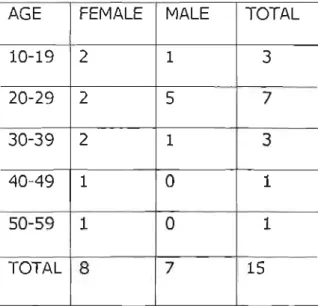
FIRST PROVIDER OF CARE
PATHWAYS TO CARE FROM THE FIRST PROVIDER TO ADMISSION AND DELAY BETWEEN RECOGNmON AND ADMISSION
CLIENT 2
PHCC
A COMMUNITY I SAPS
Her parents took her to OH and treatment was ordered and she was discharged to attend PHCC. The time lag between recognition of mental illness and admission to hospital was approximately four years and eight months. The community called the police and she was taken to hospital where she was given an MHI certificate for further treatment.
He had this vision of another TDH who could help him in his quest to be a Sangoma. When he got there, voices told him that it was not worth living, he should end his life. He failed treatment and relapsed and was admitted to OH, where he underwent treatment and referred to PHCC.
He again failed treatment and was admitted to OH, where he was certified to an MHI. The delay between recognition of mental illness and admission to hospital was five years and five months. Mental illness for this client began in 1990 when he exhibited bouts of aggression and violence.
The police were called and took him to an OH, where he was transferred to MHI.
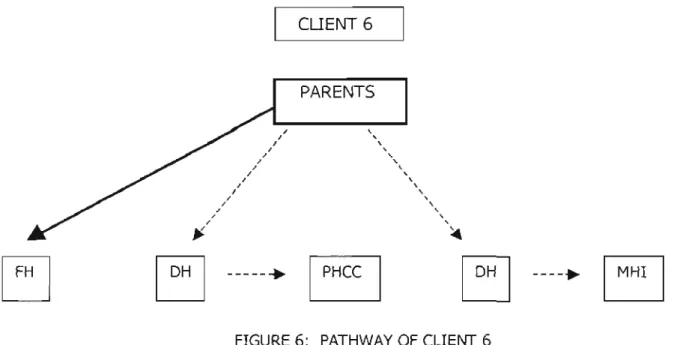
1 SAPS
CLIENT 14
COMMUNITY I SAPS
CLIENT 15
- THE DECISION MAKING ON THE PROVIDER OR SERVICE
- SATISFACTION WITH HEALTH CARE AND PREFERRED HEALTH PROVIDER Figure 16 shows that one client was satisfied with the TDH's care, who organized his
- TIME DELAYS
- CONCLUSION
- INTRODUCTION
- DISCUSSION OF SAMPLE GENDER
- PATHWAYS
- FIRST PROVIDER OF CARE
- PATHWAYS TO CARE FROM THE FIRST PROVIDER TO THE TIME OF ADMISSION
- THE DECISION - MAKER ON THE CHOICE OF THE PROVIDER OR SERVICE The results in Table IX show that family members are the ones that make the decision
- SATISFACTION WITH CARE AND PREFERRED HEALTH PROVIDER
- HOW ARE THE PATHWAYS INFLUENCED BY DEMOGRAPHIC FACTORS
- DELAYS ALONG THE PATHWAY TO MENTAL HEALTH CARE
- RECOMMENDATIONS
The results appear in Table IX and show that there are delays in seeking relevant and proper mental health care. Despite its limitations, this study provides an interesting picture of the pathways to mental health care. For this study, the first port of call is TDH and FH, which is inconsistent with the findings of Balestrieri et al (1994), Gater et al (1991), Burnett et al (1999), who found GP to be the most common mode to refer to psychiatry.
If witchcraft or ukufa kwanwata is suspected, there will be delays in seeking relevant mental health care (Ngubane 1977). Aggressive violent disruptive and undressing behaviors are what prompted relatives and the public to seek appropriate mental health care. The clients who had short paths to mental health care were those who were a danger to themselves and the public and also stripped.
Four clients in the sample had SAPS involved in bringing them to mental health services for professional help. Koffman et al (1997), Cole et al (1995), Davies et al (1996) and Gater and Goldberg (1991) all agree that police involvement shortens the journey of clients to mental health care due to the presentation of psychotic behavior violent and self-injurious. as well as the lack of a support system of family or friends. The poverty and unemployment of most clients appears to be a problem in seeing their GP and accessing mental health services due to finances.
The delays in obtaining appropriate mental health care are evident and supported by the large number of clients (8), (Table , Swartz, 1998, Daynes & Msengi 1979). This research shows that the greatest delays among clients seeking good mental health care occur at the FH and TDH. The study was limited to the first admissions to pre-discharge units of the mental health facility, Town Hill Hospital.

RESEARCH ETHICS COMMITTEE
APPENDIX I
APPENDIX II SECTION A
I am currently enrolled at the University of Natal (Durban) for a Masters degree in Mental Health Nursing. The results of the study will be used to improve mental health care by understanding the care pathways that clients follow, in order to minimize the delays and disabilities caused by chronic mental health conditions. This study of pathways to mental health care is an important topic that could clarify understanding and provide insight into the workings of the mental health care system in South Africa.
The knowledge gained will help to increase the understanding of levels and filters of pathways to care in order to improve the planning of mental health services. I am conducting this study for the purpose of fulfilling the recruitment for the Masters in Mental Health Nursing course and I need your help and cooperation. The study of pathways to mental health care is an important topic that can clarify understanding and provide insight into how the mental health system operates in KwaZulu Natal in particular and South Africa in general.
The knowledge gained will help to improve the understanding of levels and filters of pathways to care in order to improve the planning of mental health services. Surveys will only be conducted during weekends and/or holidays so as not to interfere with unit operations. I am undertaking this study to fulfill the requirement for a Masters in Mental Health Nursing.
This study of pathways to mental health care is an important topic that could clarify understanding and provide insight into the functioning of the mental health care system in KwaZulu Natal in particular and South Africa in general.
PROVINCE OF KWAZULU-NATAL
ISIFUNDAZWE PROVINSIE SAKWAZULU-NATAl..I KWAZULU-NATAL
MIDLANDS HOSPITAL COMPLEX
APPENDIX II SECT10N A
APPENDIX III CONSENT TO CUENTS
APPENDIX IV
